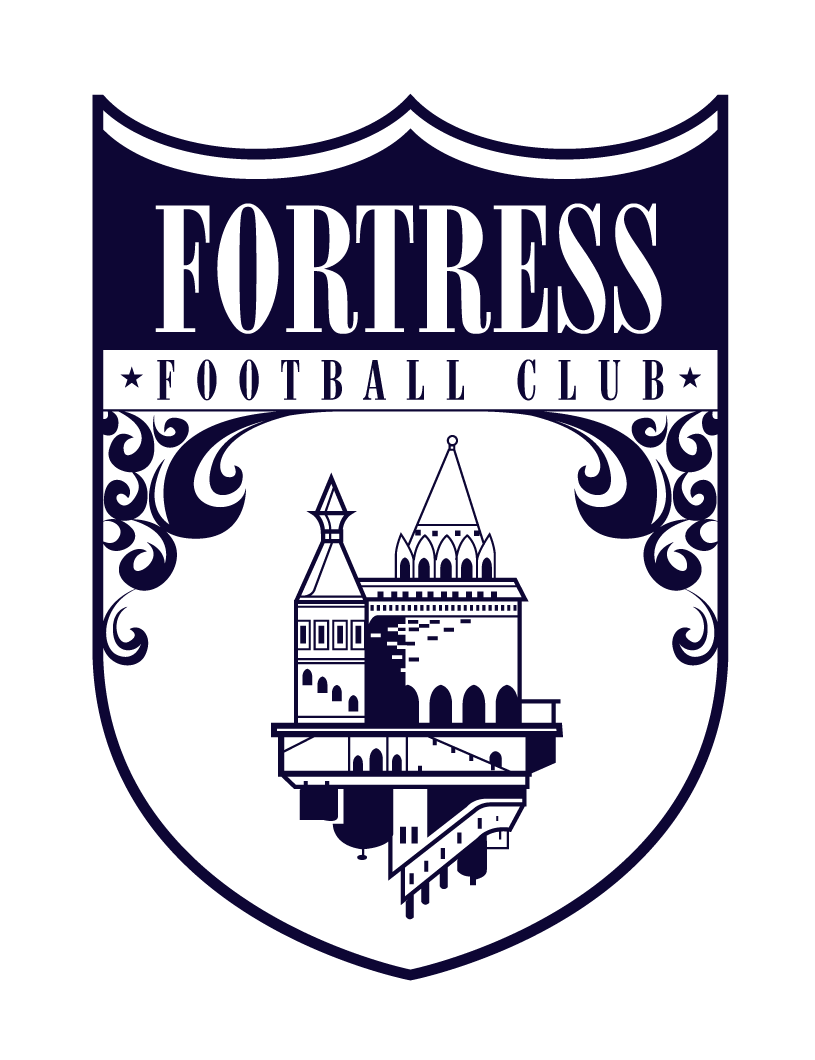Principle 7: Dismarking
Week 3
Focus: Attacking in the Opponent’s Half
Subfocus: Losing your Man
Principle: Dismarking
Fake
This can be used in numerous ways. Fake like you’re moving into a given space, then go the other way. This must be sold, however. A few steps should be taken in one direction to move your opponent, then moving into the space the opponent left.
Sometimes, these steps can be soft, like checking to the ball and calling for it, only to explode in behind the defender and receiving the ball in space. Most of the time, however, a sprint in any direction will move the opponent towards you because you signal danger toward them. We want to teach the kids to use this “signaling” in order to attract pressure.
Going Dark
“Going dark” is when an off ball player on the team in possession moves out of the line of sight of their defender. This is usually behind the line of sight of the defender but can be at an angle where there is an open passing lane.
Sitting right behind an opponent is a great way to be the third man option. This requires team training as the player will look like he or she is covered or not moving into a passing lane.
Third Man Runs
“A third-man run happens when the team in possession attracts an opponent towards the ball. Two players exchange passes before a third makes an off-the-ball run into space to receive. Third-man runs are therefore crucial to finding a player in a better position who cannot be found with a direct pass.” (The Coaches Voice)
By passing the ball horizontally, we shift our opponent to one side. As they shift to one side, they leave pockets of space in between them.
With a highly organized defense, this happens less as players move from one side to the other. But on the other side of the spectrum, the gaps become wide, especially as the game goes on and girls get tired.
This is what we want to create, gaps to exploit. Now, one of the ways we can use third man runs is to pass the ball through a gap in the middle to the highest player possible. This may mean the striker, or it could mean an attacking midfielder.
When our striker receives the ball, they should have already scanned behind them.
Instead of turning and running with the ball (1v3), our striker can hold the ball until she finds a runner to pass to. Now, we have more players running against our opponent’s defensive line and a better chance at scoring a goal.
In the above example, 8 is the third/free man. If you look back to the first image, 5 can’t pass her a through ball. It takes the intermediary pass to 9, then back to 8 to find her.
Third man runs involve three players with two passes between them.




